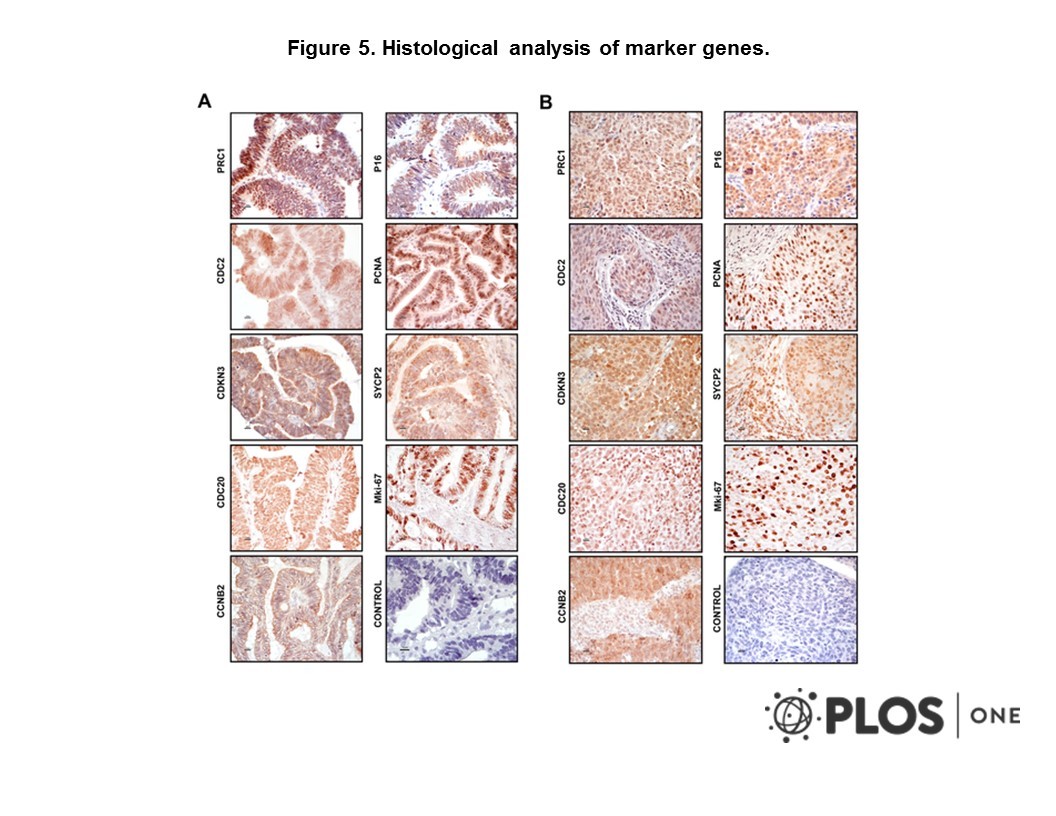
Cat. #151181
Anti-CyclinB2 [X121.10]
Cat. #: 151181
Sub-type: Primary antibody
Unit size: 100 ug
Availability: 3-4 weeks
Target: Cyclin B2
Class: Monoclonal
Application: WB ; IHC ; IP ; WB
Reactivity: Xenopus laevis
Host: Mouse
£300.00
This fee is applicable only for non-profit organisations. If you are a for-profit organisation or a researcher working on commercially-sponsored academic research, you will need to contact our licensing team for a commercial use license.
Contributor
Inventor: Julian Gannon
Institute: Cancer Research UK, London Research Institute: Clare Hall Laboratories
Tool Details
*FOR RESEARCH USE ONLY (for other uses, please contact the licensing team)
- Name: Anti-CyclinB2 [X121.10]
- Alternate name: Cyclin B2; HsT17299
- Research fields: Cell biology;Genetics
- Clone: X121.10
- Tool sub type: Primary antibody
- Class: Monoclonal
- Conjugation: Unconjugated
- Strain: Balb/c
- Reactivity: Xenopus laevis
- Host: Mouse
- Application: WB ; IHC ; IP ; WB
- Description: X121.1 may be used to immunoprecipitate active CDK1 complexes.
- Immunogen: Xenopus laevis Cyclin B2
- Isotype: IgG1
- Myeloma used: Sp2/0-Ag14
- Recommended controls: Xenopus laevis egg extract.
Target Details
- Target: Cyclin B2
- Tissue cell line specificity: Xenopus laevis egg extract.
- Target background: Cyclins bind to and regulate the activity of the Cyclin Dependent Protein Kinases (CDKs).
Applications
- Application: WB ; IHC ; IP ; WB
Handling
- Format: Liquid
- Concentration: 0.91 mg/ml
- Unit size: 100 ug
- Storage buffer: PBS with 0.02% azide
- Storage conditions: -15° C to -25° C
- Shipping conditions: Dry ice
References
- Integrative module analysis of HCC gene expression landscapes
- Li et al. 2020. Exp Ther Med. 19(3):1779-1788. PMID: 32104233.
- Identification of the nuclear localization signal in Xenopus cyclin E and analysis of its role in replication and mitosis.
- Activation of Xenopus eggs by the kinase inhibitor 6-DMAP suggests a differential regulation of cyclin B and p39(mos) proteolysis.





